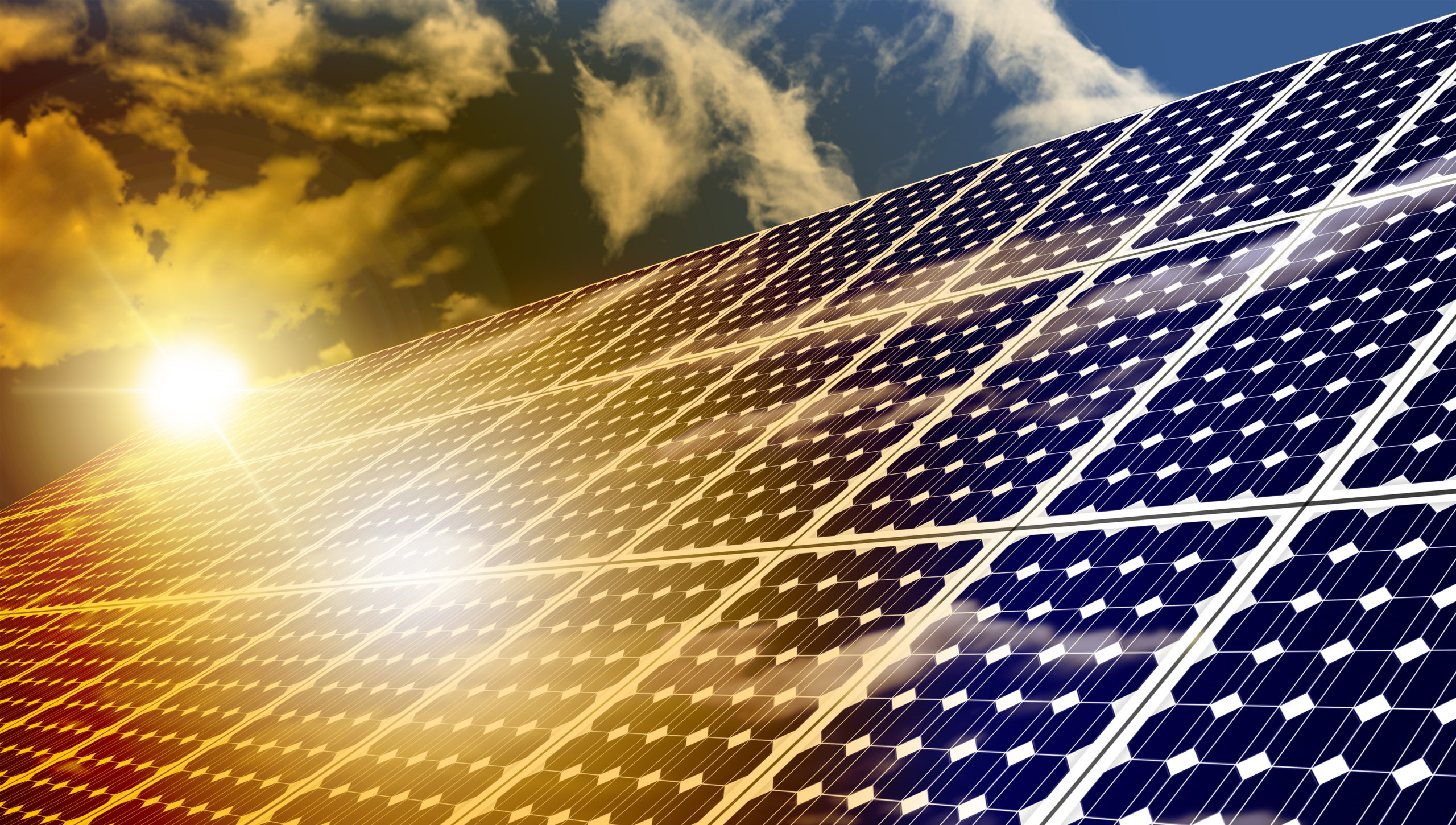
Solar generation currently accounts for 3% of the nation’s electricity, but the EIA predicts solar generation could account for 20% of the United States’ electricity by 2050.
With the push to reduce carbon footprints, many businesses are looking into ways to go green. One way to do that is with community solar.
What Is Community Solar?
Community solar is a program where residents, small businesses, organizations, and municipalities are able to access the economic and environmental benefits of solar energy, without having to install large solar panels on their roof or property.
With community solar, community members share access to and “subscribe” to local solar projects within their community and, in turn, receive credits on their electricity bill.
How Does It Work?
With a community solar program, a large solar farm is constructed on a site within a local community – typically on vacant land without any trees or shading. Nearby community members have the ability to “subscribe” to the solar farm while continuing to receive electricity from their local utility.
The energy generated from the solar farm is sent directly to the utility’s power grid. The utility then allocates credits for each solar farm subscriber based on the clean energy produced. The credits are applied to the subscribers’ electricity bills each month – discounting their bill and offsetting electricity costs.
Why Choose Community Solar?
Choosing community solar is a win-win for everyone!
- No upfront costs
- No solar panels to install
- Save up to 10% on your electricity bills
- Your utility or electricity supply does not change
- Lower your carbon footprint
- Support locally produced clean green energy
